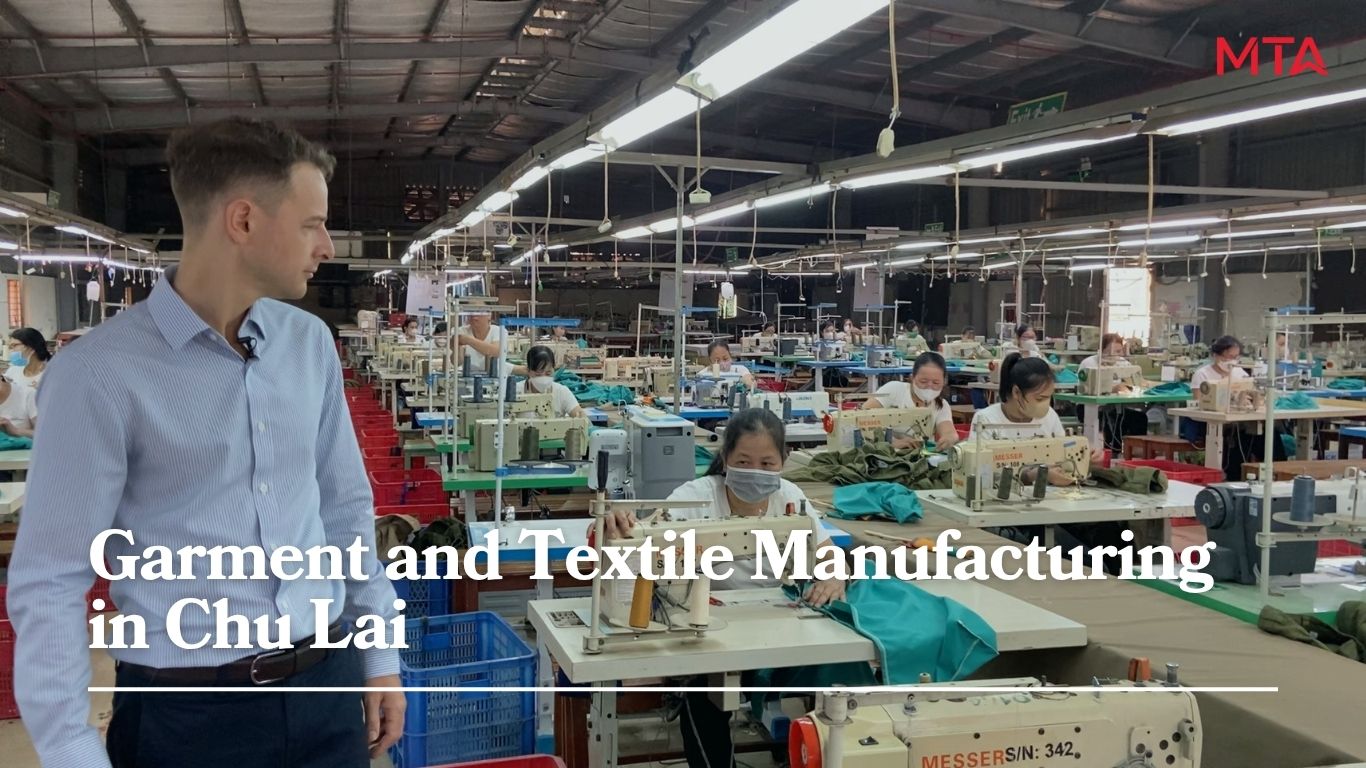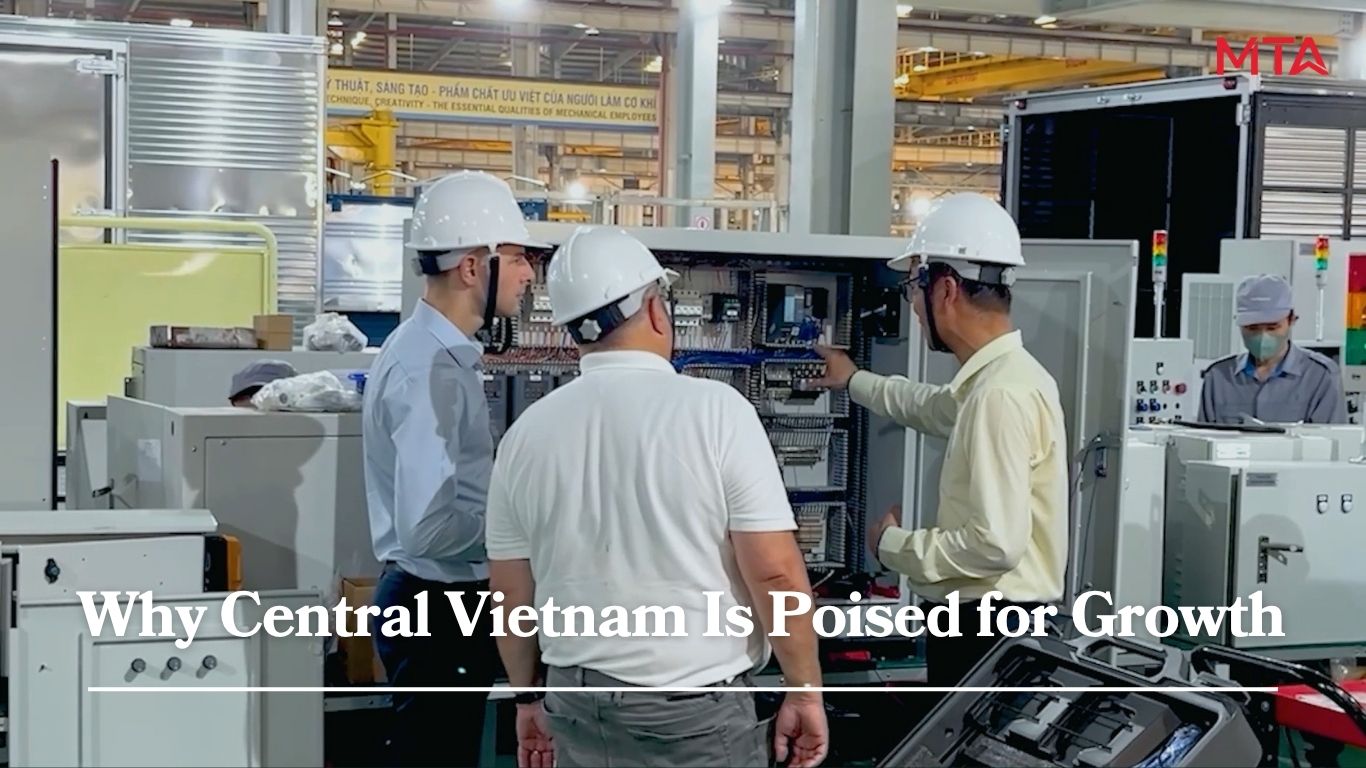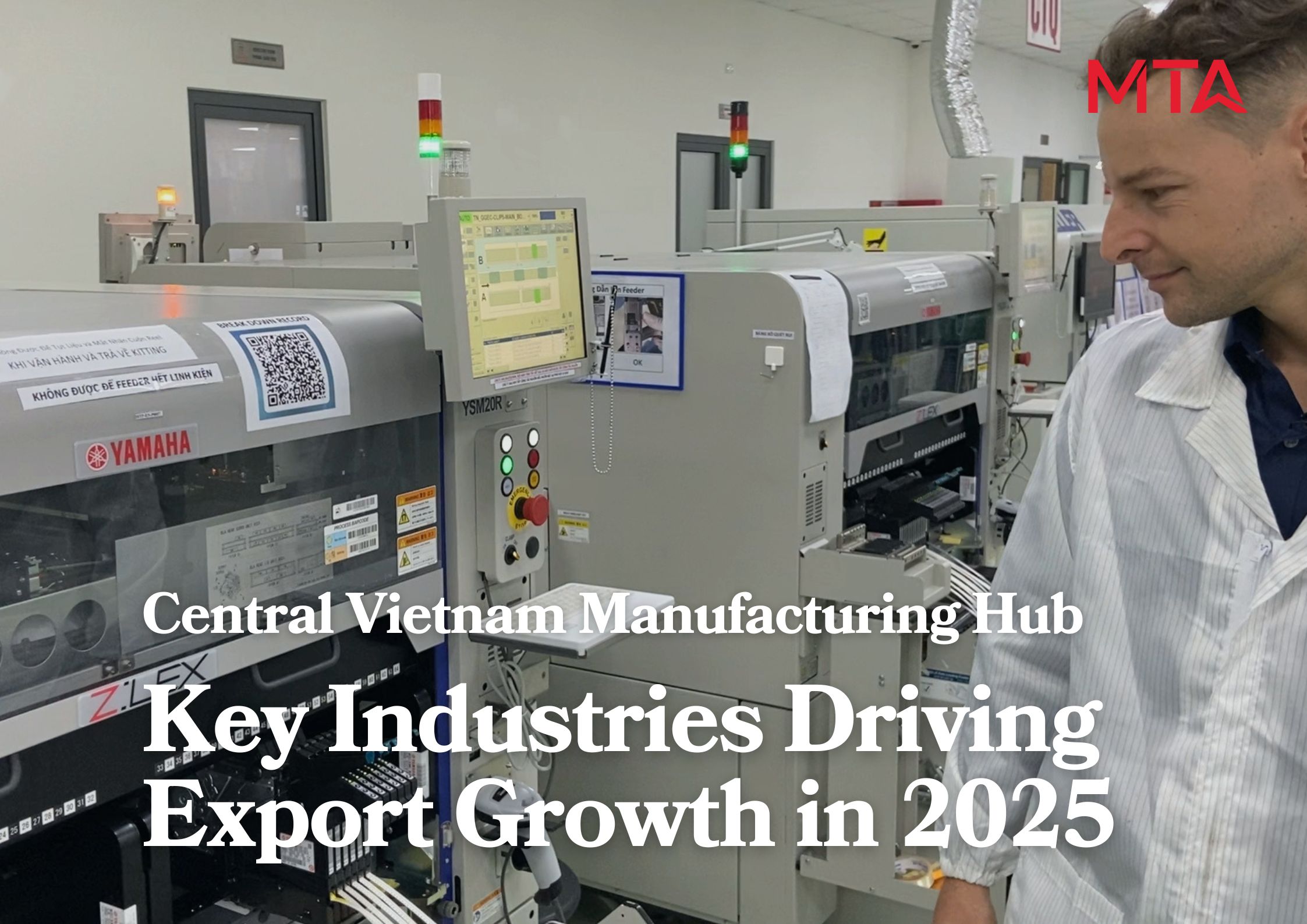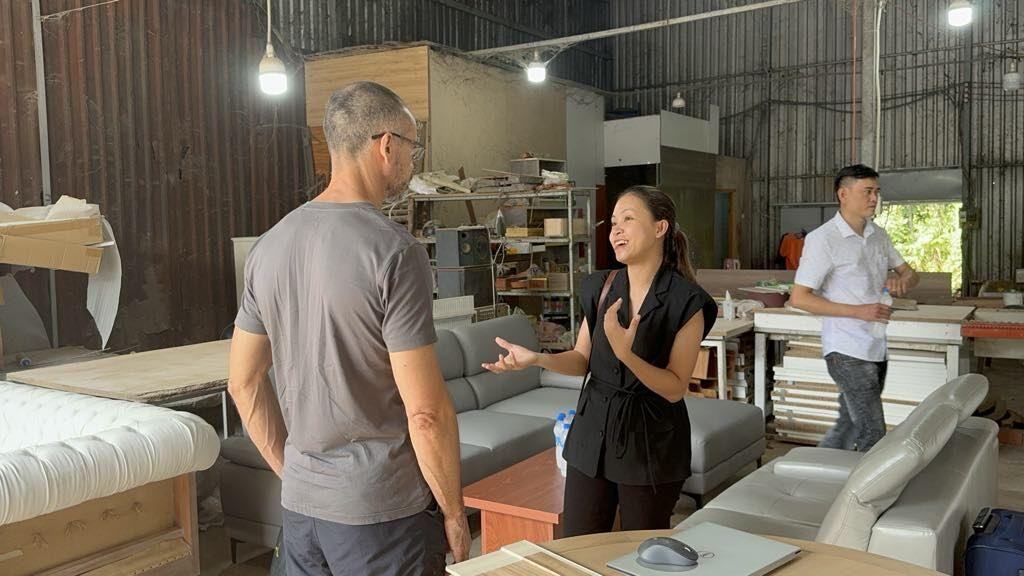As Vietnam continues to position itself as a global manufacturing powerhouse, Central Vietnam is stepping into the spotlight. Once known primarily for tourism and agriculture, provinces like Thua Thien-Hue, Quang Nam, and Quang Ngai are now becoming home to high-value manufacturing industries — from furniture and textiles to electronics and automotive components. This shift is not only transforming the economic landscape of the region but also contributing significantly to Vietnam’s overall export growth in 2025.
The Rise of Central Vietnam as a Manufacturing Hub
While Northern Vietnam is known for electronics clusters and Southern Vietnam dominates in textiles and consumer goods, Central Vietnam offers a strategic midpoint for logistics, lower labor and land costs, and well-planned industrial parks. The development of Chu Lai Open Economic Zone, Tam Thang Industrial Park, and Phu Bai Industrial Zone has attracted both domestic and foreign investors looking to diversify their supply chains.
Driven by government incentives, infrastructure development, and rising demand for “Made in Vietnam” products, the central region is becoming an attractive destination for global OEMs and manufacturing companies.
To see how these changes are happening on the ground, check out our exclusive video tour across Central Vietnam’s factories — from smart electronics lines in Quang Nam to ISO-certified furniture and textile manufacturers in Hue and Chu Lai. It’s a rare inside look into Vietnam’s modern industrial zones, offering insights beyond the brochures.
1. Furniture Manufacturing in Hue and Da Nang
Central Vietnam is gaining recognition as a growing base for furniture manufacturing, especially in Hue and surrounding areas. Thanks to abundant wood supply, skilled labor, and modern factories, furniture exporters are scaling up production to meet demand from Europe, North America, and Asia-Pacific.
Factories here specialize in wooden home furniture, outdoor collections, and custom contract manufacturing for hotels and resorts. Many are ISO 9001 or FSC-certified, aligning with sustainable and ethical sourcing practices that are increasingly required by international buyers.
2. Electronics & PCBA Assembly in Quang Nam
One of the fastest-growing sectors in the region is electronics manufacturing, including PCBA (Printed Circuit Board Assembly). In Quang Nam, several factories have implemented Surface Mount Technology (SMT) lines, clean rooms, and high-precision equipment that meet international standards.
With Vietnam emerging as a top alternative to China for electronics sourcing, Central Vietnam offers both cost advantages and technical capacity. From IoT devices to consumer electronics, local EMS (Electronics Manufacturing Services) providers are rapidly gaining traction among global clients.
3. Garment and Textile Manufacturing in Chu Lai
The Chu Lai area in Quang Nam is home to a range of garment and textile factories focused on woven apparel, outerwear, and workwear production. With proximity to key ports like Da Nang and Chu Lai, this location is ideal for both exporting and local distribution.
These factories are investing in automation, lean manufacturing processes, and skilled training programs — ensuring high-quality output for global fashion and industrial apparel brands. Vietnam’s advantage in labor costs, coupled with FTAs (Free Trade Agreements), makes the garment sector highly competitive.

4. Automotive Components & Thaco Industries
One of the most significant players in Central Vietnam’s industrial growth is Thaco Industries, located in Chu Lai. Specializing in automotive assembly, mechanical parts, and logistics solutions, Thaco has built a large-scale, integrated manufacturing complex.
Their exports of automotive components, machinery parts, and industrial equipment are steadily rising. Thaco’s model showcases how vertical integration, R&D investment, and automated production lines can enable Vietnam to move up the value chain in manufacturing.
5. Export Trends and the Role of Vietnam Factory Tours
As global buyers look to diversify beyond China under the “China Plus One” strategy, Vietnam is seeing a surge in sourcing activity. Factory tours across Central Vietnam have become an essential step for buyers to vet suppliers, inspect quality control systems, and understand real production capabilities — not just marketing claims.
These Vietnam factory tours reveal how companies are adopting Industry 4.0 practices, using data-driven production, and investing in sustainability to meet international compliance standards.
Why Central Vietnam Is Poised for Growth in 2025
In 2025, Central Vietnam is expected to play a larger role in Vietnam’s overall manufacturing output and export earnings. The key factors include:
- Lower operational costs than Ho Chi Minh City or Hanoi
- Improved infrastructure including highways, deep-sea ports, and airports
- Skilled labor force trained in technical industries
- Government support for industrial development zones
- Rising demand for “Made in Vietnam” products across sectors

Final Thoughts
Whether you’re sourcing furniture, electronics, garments, or automotive components, Central Vietnam offers a compelling mix of cost-efficiency, production capacity, and export-readiness. As the region continues to expand, businesses and investors would do well to explore this emerging manufacturing hub — and see firsthand how Vietnam’s central provinces are shaping the future of global production.



